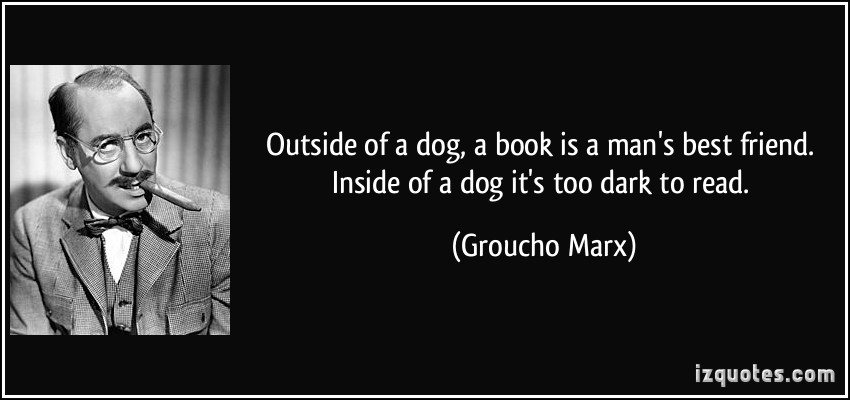Wednesday, February 07, 2018
A Flying Dutchman of the Space Age
In 1993, "Groundhog Day" was a truly clever premise for a movie.
But it wasn't truly original.
With apologies to Twilight Zone creator Rod Serling, I would submit for your approval the suggestion that Twilight Zone explored the concept of re–living something repeatedly less than a week after Groundhog Day in 1963 — 55 years ago today, in fact — in the episode "Death Ship."
It wasn't as clear in "Death Ship" as it was in "Groundhog Day." But that is how Twilight Zone operated. Viewers frequently had to wait until the very end to understand what had been going on.
A three–man crew (Jack Klugman, Ross Martin and Fred Beir) was on a mission to explore space in search of planets to analyze and determine if they could be colonized. In the course of carrying out this mission, the astronauts spotted a shining light from a planet. The possibility existed that the planet might be more than merely capable of supporting life; it might actually be doing so, and the astronauts decided to land on the planet and investigate.
On the surface of the planet, they discovered a crashed spaceship had been responsible for the sparkle they had seen from space. The spaceship looked remarkably like their own. Upon closer inspection, they determined that it was a ship from Earth — and they decided to enter it and assess the damage.
When they did so, they had a revelation — the ship was theirs, and their lifeless bodies were inside.
It goes without saying that this was an unnerving experience, and the crewmen were understandably shaken by it. But the commander (Klugman) kept his head and insisted that there had to be a logical explanation for what they had seen.
The commander concluded that they had bent time in such a way as to peek into the future. He reasoned that they could escape their fate by remaining on the planet and not going back into space, thus averting the entire crash. The crewmen grudgingly accepted the commander's version of events.
At that point, Beir's character was transported to a country lane on Earth where he met up with people from his past who were known to be dead. He ran to the home in which he and his wife had lived, but he found no one there. All he found was a telegram reporting his death.
Klugman brought him back and told him he had been having an hallucination.
Martin was having an hallucination of his own. In his hallucination, he was reunited with his wife and daughter, who had been dead for some time. Klugman intervened in that one as well.
But his theory of what had happened had changed. He believed the planet was inhabited by creatures with telepathic power but little else they could use against intruders. To avoid being colonized, they were using this power to plant terrifying visions in the minds of the astronauts to discourage them from recommending the planet for colonization.
He also believed that they should return to space. That would break the spell. So that is what they did — except when they returned to the planet, they still found the wreckage of the spaceship there. The crew members were convinced that they were dead, but Klugman wasn't, and he insisted that they would repeat the procedure as many times as it took for him to figure out the truth.
Thus the similarity between "Death Ship" and "Groundhog Day." in "Groundhog Day," the audience actually saw Bill Murray re–living the same day, and the humor (and, at times, poignance) was in the variations. In "Death Ship," the repetition was not seen, only anticipated — and there was nothing funny about it.
The first time I saw this episode, I had high hopes for it when I saw in the credits that the story was written by Richard Matheson, and he didn't let me down.
Not only was Matheson the writer responsible for "Death Ship," but he also wrote more than a dozen of the Twilight Zone's top episodes. Most were from the original series although Matheson did write an episode in the mid–'80s series reboot as well as some work for the 1983 Twilight Zone movie.
Whenever I see Matheson's name in the credits — for Twilight Zone or anything else — I am always assured of the quality of what I am about to see. His stories never had wasteful filler, which was frequently a problem for the one–hour episodes of the Twilight Zone in its fourth season.
If you are a fan of the Twilight Zone, you are sure to recognize some of Matheson's episodes. Probably the most famous was "Nightmare at 20,000 Feet," in which a young William Shatner played a man recovering from a nervous breakdown who believed he saw a monster tampering with the wing of the airplane in which he was traveling.
My favorite Matheson–penned episode was "A World of His Own," the finale of the first season.
Labels:
1963,
Death Ship,
episode,
Fred Beir,
Groundhog Day,
Jack Klugman,
Richard Matheson,
Ross Martin,
space travel,
TV,
Twilight Zone















